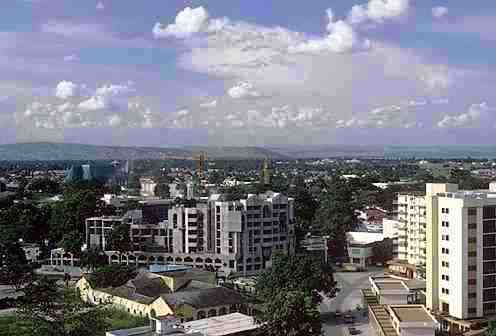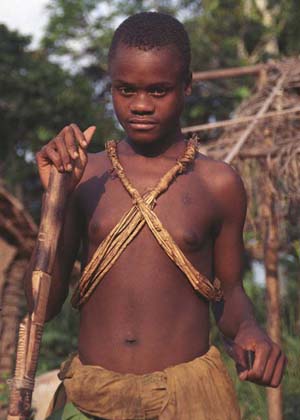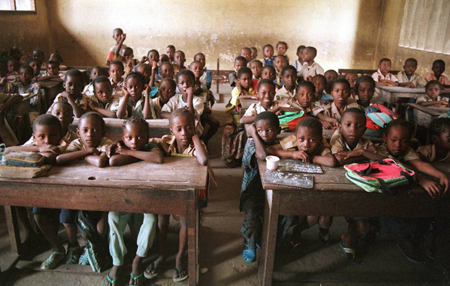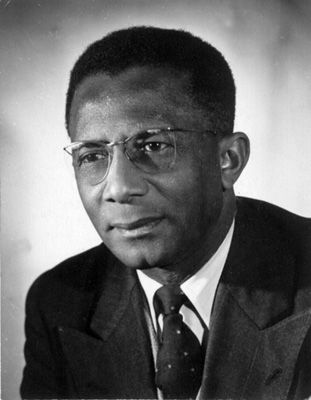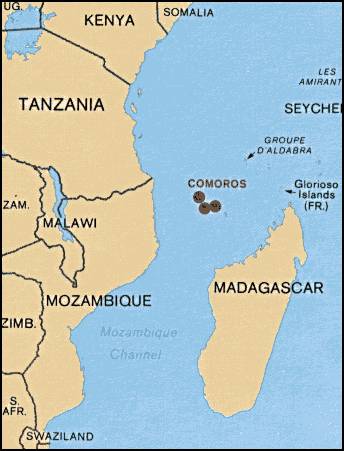Certain holidays are celebrated by everyone with a
day off (New Years, Easter, Labor Day, Independence Day, All Saint’s Day, and
Christmas). The other days are generally recognized (and even other holidays
that aren’t mentioned here), but if a business chooses to work on that day, it
must pay its workers overtime to do so.
New Years Day (January 1): New Year’s Eve also
coincides with Republic Day in this country. Most people do the usual celebrations: meet up with family
and friends for a special meal and drinks to bring in the new year. Everyone
wishes everyone good prosperity and fortune for the upcoming year.
Easter (varies): Because this country is majority
Christian, Easter is a widely-celebrated holiday all over. Many people start their day off by
attending special Easter services held at their church, followed by a special
dinner and spending time with friends and family.
Easter Monday (varies): Government offices and
schools are closed on this day, and people generally spend it resting and
relaxing with family and friends.
Labor Day (May 1): The Republic of the Congo celebrates Labor Day along with
most of the rest of the world with a day off. It’s also a day where labor
issues and jobs are discussed. Some
of the issues at hand include child labor (especially in rural areas and
agricultural/fishing work environments), forced labor, work conditions,
creating a minimum wage for agricultural workers, and weak unions causing
prohibited worker demonstrations.
Ascension Day (varies, 40 days after Easter): This is the Christian celebration based
on the belief that 40 days after Jesus rose on Easter, he then finally ascended
into heaven.
Pentecost Sunday (varies, 7th Sundays after
Easter): Many Christians believe that Pentecost is the “birthday” of the church
itself. Before this, there were merely followers of Jesus, but it wasn’t
organized. So this is beginning of the organized church as we sort of know it.
Reconciliation Day (June 10): There isn’t a lot of
information on this holiday specifically.
All I found was that it’s the commemoration of 1991 Conference on National
Sovereignty, which I also learned was basically the beginning of the transition
between Congo as a one-party controlling state to Congo as a multi-party
democratic state.
Independence Day (August 15): Also tied in with the
Three Glorious Days, this holiday celebrates Congo Brazzaville’s independence
from France in 1960. The Three
Glorious Days took place just prior to the declaration of independence and were
the three days of rioting against then Prime Minister Youlou after he
established a one-party state and one legal trade union. After those three
days’ fighting, he and some of his main supporters were arrested by the
military and forced out of participating in political affairs again.
All Saints Day (November 1): Because around 50% of
the population is Catholic, many Congolese celebrate All Saints Day. This celebration is for all saints,
especially those who do not already have a specific feast day.
Christmas Day (December 25): Christmas in the
Republic of the Congo doesn’t quite have the same luster as it does in
wealthier countries. For those who can afford it, Christmas is often celebrated
with roast beef or mutton. Some people in the coastal city of Pointe-Noire
receive gifts of fresh vegetables, exotic fruits and fresh catfish. (Who
wouldn’t love THAT? That sounds like the best gift ever.) Special Christmas
services are held at churches where children perform nativity skits.
Up next: art and literature






